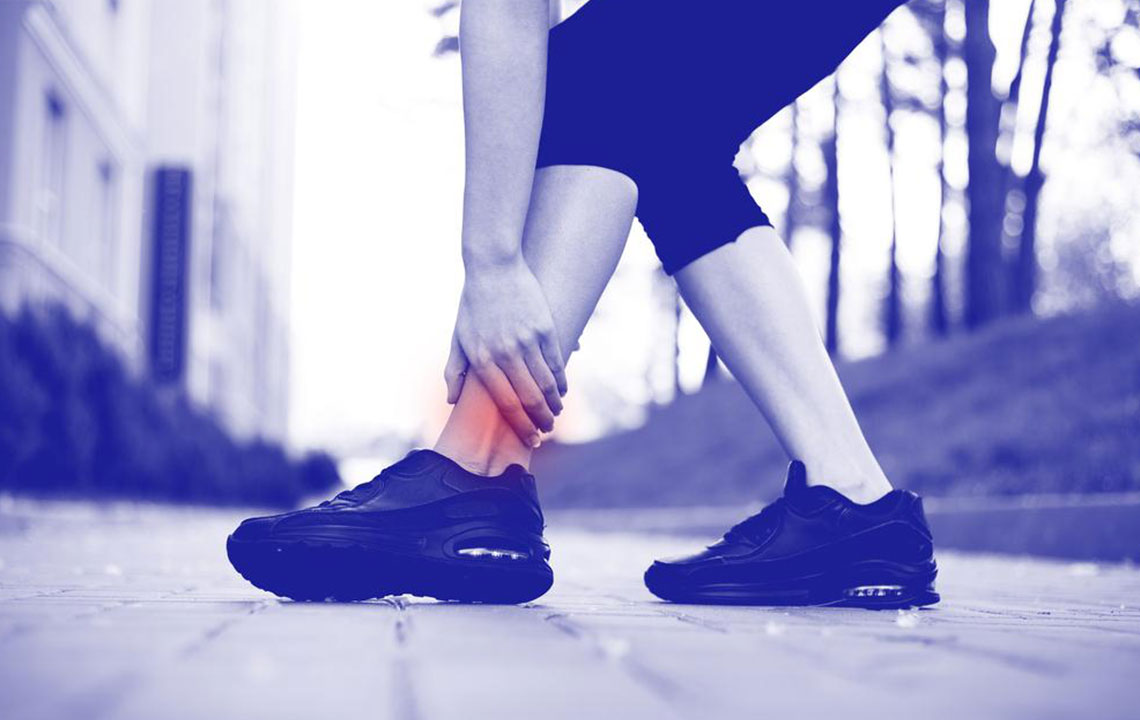Know How to Treat Restless Leg Syndrome

Restless leg syndrome causes discomfort accompanied by twitching in the leg. This is seen to increase when the person goes to bed. The restless leg syndrome can also cause insomnia as the individual is unable to sleep due to the constant irritation in the leg.
The reason behind this condition can be a physical or mental issue or can also be a side effect of another medication. There are different types based on the severity and frequency of the symptoms. 1 in 10 people is known to be diagnosed with this restless leg syndrome (RLS).
Many restless leg syndrome treatments can help you treat the symptoms and get back to your regular lifestyle. In fact, a few changes in your daily routine is all that you need to heal the condition.
Restless leg syndrome treatment: Home remedies
The reason behind RLS is always not apparent. You can try these home remedies to treat the condition. If this method of restless leg syndrome treatment does not work, you can always consult a doctor who will prescribe you medication. Here are a few remedies you can try at home. These will take the time to affect. However, you can incorporate them into your lifestyle easily.
Massage
This is one home remedy that is even suggested by doctors. Since the discomfort is due to the twitching and aching of the muscles, a massage can help relax them. Massage your legs on a daily basis as this will improve the blood circulation in your legs. This is sure to help you feel better and walk without any discomfort.
Hot and cold packs
Applying warm and cool packs to your legs can help relax the muscles. Alternating between the two is shown to have positive results on relaxing the legs. You will find the pain and the soreness that are common in RLS getting better in a few days. You can do this on a daily basis till you see improvement. Another option is soaking your legs in the warm water. This is sure to provide you some relief.
Exercise
You need to keep your muscles engaged and moving. This will help ease the twitchiness. Include any moderate exercise into your regime. Do not overdo it as it may hurt your legs. Have a fixed time and make sure you get sufficient rest after. A fast 30-minute walk is a great restless leg syndrome treatment. Include stretching in your exercise routine as well. This will also help with your overall health. Stress can also trigger RLS so make sure you relax before hitting the bed. Meditation and yoga are great ways of relaxing the body and the mind.
Have a good sleep environment
One of the main symptoms of RLS is insomnia. The discomfort causes fatigue in a few cases and makes it difficult for you to sleep. You need to maintain a proper sleep cycle. Try to sleep and wake up at the same time till you establish a sleep pattern. Relax for a while before you go to bed. Have a warm water bath and meditate before you go to sleep. Remove any disturbance from your surroundings and relax. Make sure your bed is comfortable, and you feel warm and cozy when you get to your bed.
Over-the-counter medication
In case you have mild symptoms of RLS, you can go for over-the-counter medications to treat your condition. These pain relievers and anti-inflammatory drugs can ease the discomfort for a while.
Here are a few you can try:
- Ibuprofen
- Naproxen
- Acetaminophen
Check for the side effects before you take the medication. Do not use it as a long-term restless leg syndrome treatment. Consult your doctor if the condition persists for a long time.
Eat healthy foods
Food also plays a major role in the restless leg syndrome. Deficiencies can also cause RLS. Ensure that your meals have adequate vitamins and minerals. Include folic acid, magnesium, and iron. Increase the amounts of these nutrients in your diet.
Be sure that you don’t have any of these in excess. It is best to consult a doctor before trying out this out.
Keep away from triggers
If you are diagnosed with restless leg syndrome, some foods can trigger the condition and make it worse. It is best to avoid them to keep the symptoms at bay. Foods and drinks that have caffeine in them are known to trigger RLS. Stay away from coffee, chocolate, and soft drinks. Alcohol and tobacco can also trigger or make the condition worse. Stay away from them for a few days, and you will notice a difference.
You can try these home remedies for restless leg syndrome treatment. You will be able to see a significant difference over a period. If you don’t find any improvement, consult a doctor.


